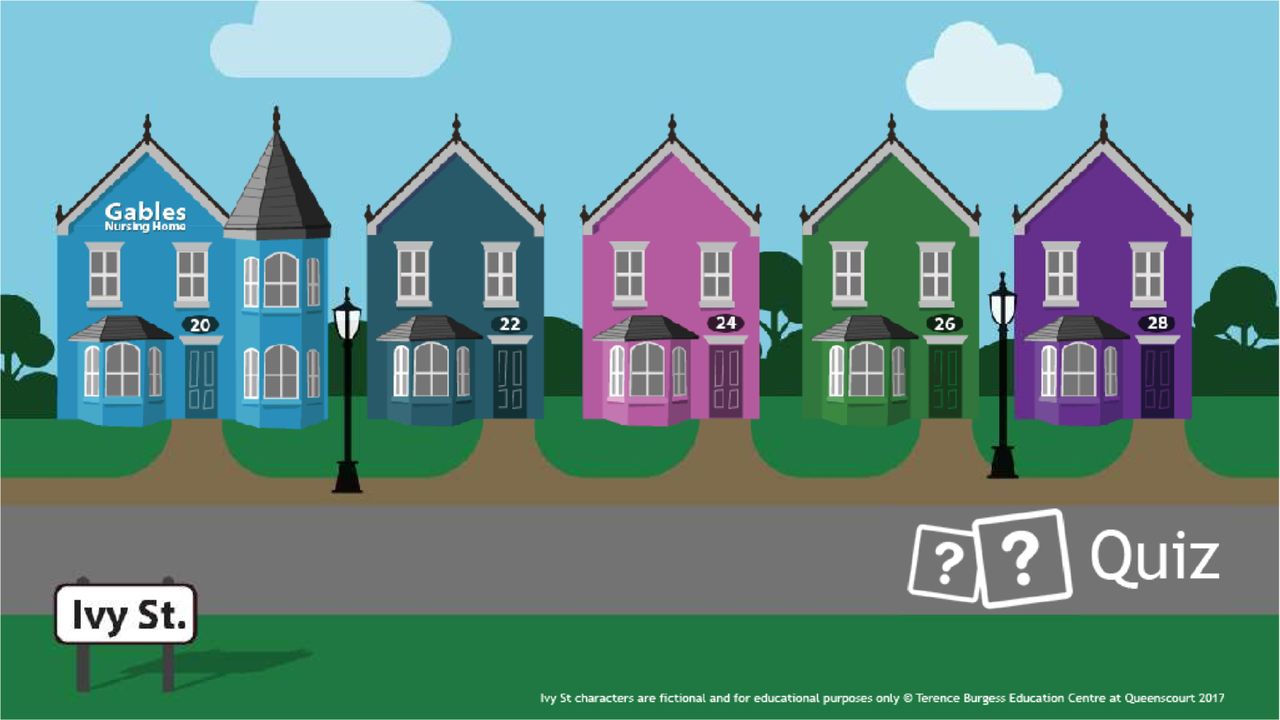Dr Amara Callistus Nwosu
Lancaster University Faculty of Health and Medicine
International Observatory on End of Life Care
It is essential for society to use technology better to improve palliative care. The need for palliative care is expected to increase globally due to a number of socioeconomic factors, consequently it is important to explore opportunities to innovate care services to improve access and quality.[1] New technologies, supported by novel ways of linking and analysing data, are set to transform the way that health and social care is delivered and also how citizens manage their own health.[2] When used well, digital health can improves access to healthcare; however, many barriers prevent its meaningful use in palliative care.[3]
The COVID19 pandemic has highlighted the potential to use technology to support healthcare delivery. Restrictions of person-to-person contact has led to adoption of technology, combined with new models of care, to engage with clinicians, patients, families and caregivers. Adopted solutions have included the use of video-conferencing technologies (e.g. for clinical assessment, handover, and education), social media (communication and engagement with both professional and lay groups) and more purposeful use of existing cloud storage (e.g. to share resources), email and telephony services.[4]
These innovations demonstrate the how technology can complement future palliative care delivery. However, several barriers limit the potential of this technology.[3] These barriers include expense, inter-operability issues, data privacy and security concerns, lack of effectiveness, equity and the potential that technology will reduce face-to-face consults between patients and clinicians.[5, 6] Ironically, the COVID19 pandemic has demonstrated how technology can be used to improve engagement with individuals who, without the technology, would have little (or no access) to palliative care services. Consequently, there is potential to use technology to improve choice and access to individuals in remote areas, or those who may be unable (or would prefer not) to attend palliative care outpatient or day services.
Technology has the potential to improve education and training in palliative care. Prior to the COVID-19 pandemic there were several positive examples of how technology could support education in our speciality (e.g. virtual reality, online learning environments, social media and high fidelity simulation).[7] The COVID-19 pandemic has resulted in the development of a number of online educational resources for healthcare professionals and students.[8] I am delighted that this journal features an article by Clabburn and colleagues, which describes the novel use of ‘Ivy Street’, a Virtual Learning Environment to support palliative and end of life care education. Such approaches offer the opportunity for many to benefit from new educational environments which may suit a broader range of learning styles.

The pandemic has demonstrated that digital technology can be used as tools to share knowledge, improve communication and meet the needs for people where face-to-face contact is not possible. Therefore, researchers and clinicians should continue to actively explore how these tools can complement, rather than replace, palliative care delivery. Further evidence is essential to ensure such technological approaches can be used safely and effectively to improve the lives of many people with serious illness.
Access Dr Clabburn and colleagues’ BMJ SPC article on ‘Ivy Street’ here: https://spcare.bmj.com/content/early/2020/05/27/bmjspcare-2019-002159
ACKNOWLEDGEMENTS
ACN’s hospice post is supported by Marie Curie.
REFERENCES
- Bone AE, Gomes B, Etkind SN, Verne J, Murtagh FEM, Evans CJ, et al. What is the impact of population ageing on the future provision of end-of-life care? Population-based projections of place of death. Palliative Medicine. 2017;32(2):329-36.
- Topol E. Preparing the healthcare workforce to deliver the digital future the Topol Review: An independent report on behalf of the secretary of state for health and social care Health Education England. 2019 [Available from: https://topol.hee.nhs.uk/wp-content/uploads/HEE-Topol-Review-2019.pdf.
- Nwosu AC, Collins B, Mason S. Big Data analysis to improve care for people living with serious illness: The potential to use new emerging technology in palliative care. Palliative Medicine. 2018;32(1):164-6.
- Greenhalgh T, Koh GCH, Car J. Covid-19: a remote assessment in primary care. Bmj. 2020;368.
- Hancock S, Preston N, Jones H, Gadoud A. Telehealth in palliative care is being described but not evaluated: a systematic review. BMC palliative care. 2019;18(1):114.
- Nwosu AC, Sturgeon B, McGlinchey T, Goodwin CD, Behera A, Mason S, et al. Robotic technology for palliative and supportive care: Strengths, weaknesses, opportunities and threats. Palliat Med. 2019;33(8):1106-13.
- Evans, L. and Taubert, M. 2019. State of the science: the doll is dead: simulation in palliative care education. BMJ Supportive and Palliative Care 99(2), pp. 117-119. (10.1136/bmjspcare-2018-001595)
- Health Education England e-Learning for Healthcare (HEE e-LfH). Coronavirus (COVID19): learning for the health and care workforce 2020 [Available from: https://www.e-lfh.org.uk/programmes/coronavirus/.
